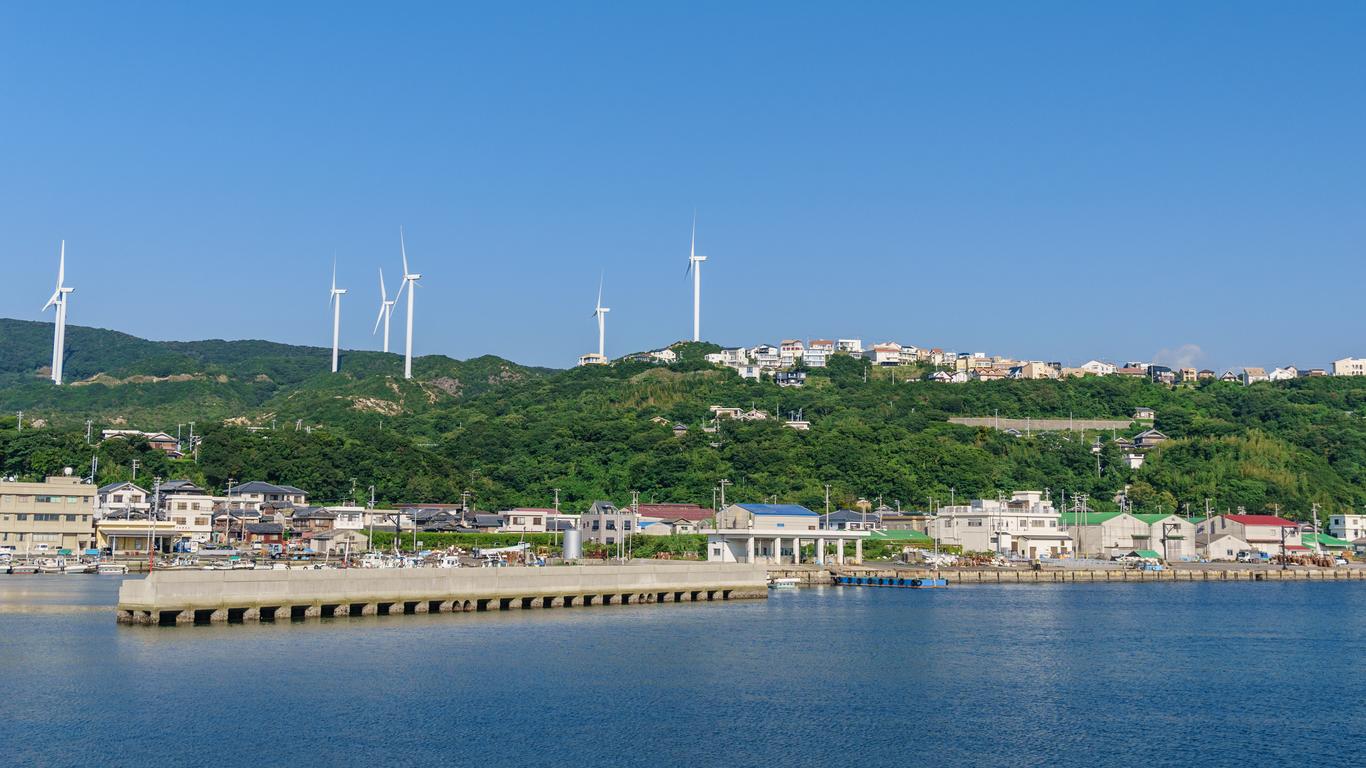Located in the inmost heart of Japan, in the Kansai Region of Honshu Island, Hyogo Prefecture is an area of the country with its distinct history and atmosphere that combines national and international cultures. The prefecture also features an abundance of natural beauty, containing both the north and south coasts of Japan, along with various lakes, hot springs, mountains and parks. The capital city is Kobe, hosting many citizens of the prefecture, and the entire population of Hyogo is over 5.5 million, making it the seventh most populated area in Japan.
One of the wonders of Hyogo Prefecture is Himeji Castle, a national treasure and UNESCO world heritage site.With an impressive exterior, it is one of the first and finest examples of traditional Japanese architecture. The Akashi Kaikyo Bridge is the longest suspension bridge in the world at a length of just under 4,000 metres, and the Nishi-Harima Observatory is home to the largest public telescope in the world. Visitors can also see some extremely rare species including the once extinct Oriental White Stork and is home to dramatic and beautiful scenes, such as the Naruto Ocean current and the biggest mountain in the prefecture, Mount Hyogo. The cities of Hyogo Prefecture host a range of cultural attractions, especially in Kobe, which has the Hyogo Prefectural Museum of Art and the Kobe City Museum.
People know the Hyogo Prefecture as the gateway to the Asia-Pacific Region, primarily served by the Kansai International Airport an hour outside Kobe, although there are also efficient train and road networks throughout the area. The port of Kobe is another important travel centre, a primary site for international trade, and the prefecture has one of the fastest trains in the world running from the capital to the east and west of the country. Major expressways navigate the prefecture running from north to south and from east to west, allowing visitors to travel quickly between the main cities and the heart of nature.
The Hyogo Prefecture includes five other provinces once separate regions in the area, and at the end of the reign of Emperor Antoku during the Heian Period, the Imperial Court moved to the city of Kobe.





